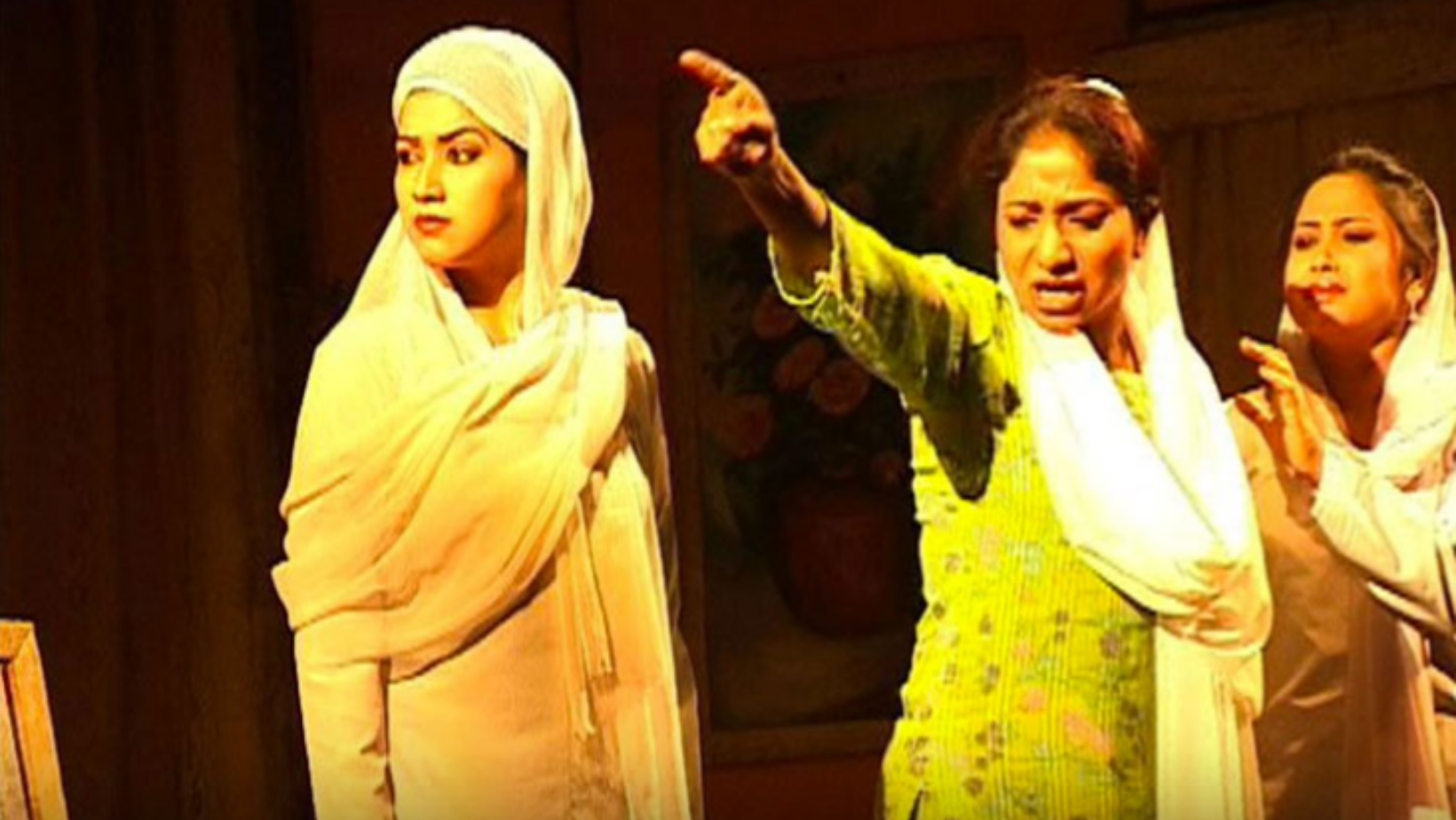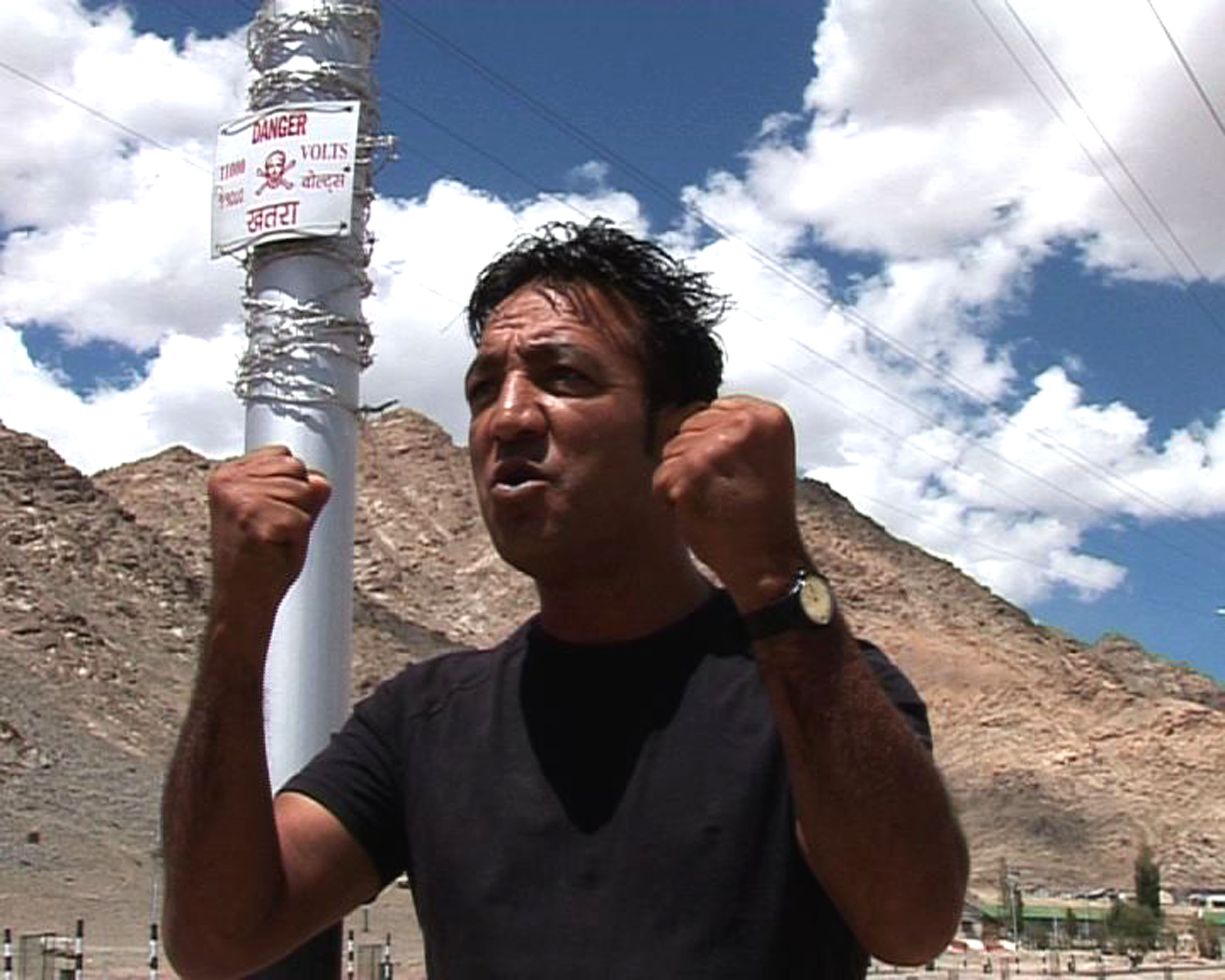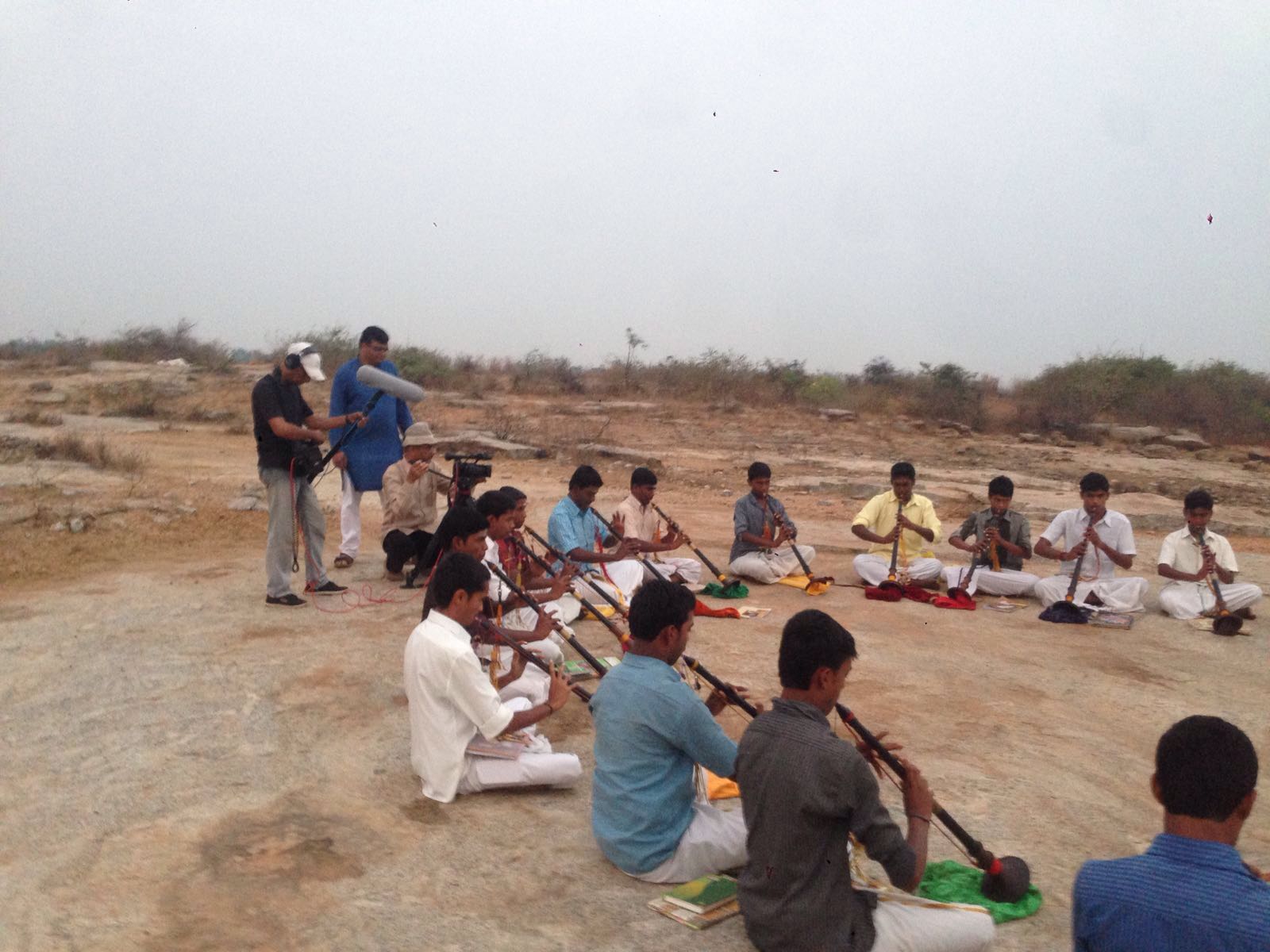Highlighting its ever-expanding repertoire, the 2021 edition of Kalaa Utsavam has included film screenings in its ensemble for the first time this year, with documentary movies from Indian directors being shown to audiences on November 27 and 28.
In its 20th edition, Singapore's oldest festival of Indian arts has found a new art form to present to the community. With subjects for the films to be screened ranging from the beauties of Ladakh to traditional music forms in Karnataka and Assamese theatre as well as the traditions of Koothu performances in Tamil Nadu, the event is set to bring a hefty slice of varied Indian cultures to Singapore.
Here's a list of what to expect from the screenings. Tickets are available online.
For the Love of a Man – Rajnikanth Documentary by Rinku Kalsy
For the Love of a Man follows the fans of superstar Rajnikanth, whose fandom often becomes integral to their identities and those of people around them.
The visual ethic of fandom and star mimicry reveal a form of star worship that is unique to Indian cinema culture. The lives of fans and their families present to us themes of brotherhood, aspiration, political affiliation, or even just means of being noticed. From bankruptcies to reformations from lives of crime, the lives of the fans offer stories that range from the heroic to the horrific—all in a day's work in turning a film star into a deity. Screened in Tamil with English subtitles.
Koothu by Sandhya Kumar
In many villages in Tamil Nadu, a theatre tradition continues to link people with the past. Closely connected with religion and caste rituals, koothu brings to life stories about gods, demigods, kings and demons from the Indian epics. A typical performance runs all night, and performers wear elaborate make-up, costumes and wooden ornaments while simultaneously singing, dancing and acting on stage. Koothu companies tour the countryside, often commissioned by villages to perform for several consecutive nights. Yet, despite its enduring rural popularity, koothu struggles to find place and patronage in urban art circles, partly due to its associations with the lower castes. Who creates the binaries of folk and classical? Through the work of two koothu masters, P Rajagopal and Sambandan Thambiran, the film delves into questions of representation and patronage of the art form while presenting its art and aesthetics. Screened in Tamil with English subtitles.
"When I saw my first all-night koothu performance in a village in Tamil Nadu, I was so engrossed that nothing was more real or alive than the actors in front of me. I thought then, if I could make a film that could convey the labour and passion of these performers, the film would be a message for the artists' life-long commitment to the art form and not only a documentation of it," Sandhya Kumar said.
The Nine Months by Merajur Rahman Baruah
This evocative film explores the history, form, style and aesthetics of Assam’s mobile theatre. It records the transformation in themes and repertoires in the genre of performance, as well as captures the experiences and perspectives of its promoters, directors, actors, technicians, and stagehands while documenting the impact of globalisation on its practice. Take a look at the various kinds of plays staged by the mobile theatre, the issues the community deals with and how the genre has transformed from presenting mythological and folk stories to contemporary themes with social and political implications. Screened in Assamese with English subtitles.
"The film traverses an exciting journey through Nine Months of Mobile Theatre in Assam reflecting a unique art form encompassing the life of approximately 5000 people engaged in about 35 theater groups. each theater troupe travels across the state to 70 different pre-fixed locations and perform for 210 nights without any break in every passing year crisscrossing across the state," said Merajur Rehman Baruah, talking about her film's subject.
Out of Thin Air by Shabani Hassanwalia and Samreen Farooqi
'Out of Thin Air' is the story of one of the most surreal and hostile landscapes in the world—Ladakh. See beyond the postcard-perfect images and follow the subterranean film movement that has taken root in the region over the past six years, becoming the voice of the people. Today, taxi drivers, grocery store owners, cops and monks are producers, directors, camerapersons and actors of one of the youngest and most dynamic, local film industries in the world. Screened in Hindi with English subtitles and English.
"Out of Thin Air sees a Ladakh beyond the postcard-perfect images we’re used to, through the subterranean film movement that took root in the region, becoming the voice of the people," said Shabani Hassanwalia and Samreen Farooqi.
Casting Music by Ashok Maridas
Casting Music seeks to explore the musical tradition of the Savita Samaj, a community whose contributions to the musical legacy of the nadaswaram has remained untold. The film deftly combines stories of the instrument along with those of its performers, their negotiations and struggles as a community of musicians and barbers, and their intertwined lives beyond the musical world. Screened in Kannada and Telugu with English subtitles.
"The film unravels the layers of discrimination at different levels in the lives of the protagonists, namely the musicians from the Savita Samaja or the Barber community. The individual stories in the film depict why caste-based discrimination continues to remain one of the biggest forms of segregation in India," Ashok Maridas stated.







